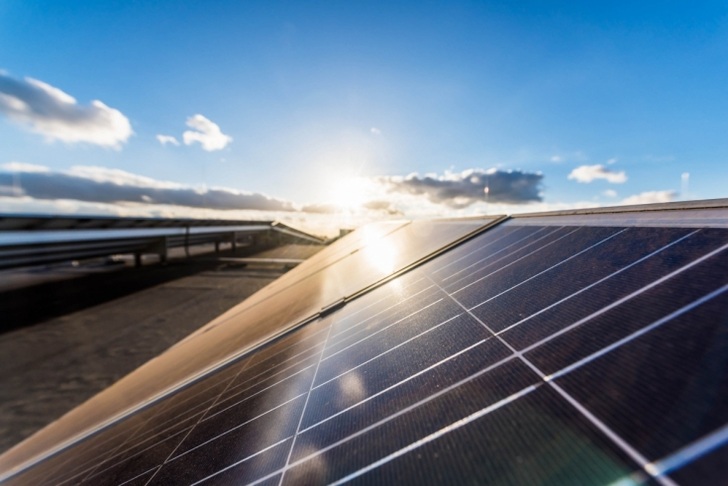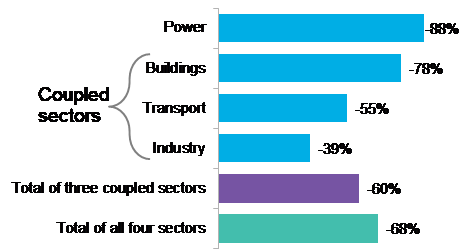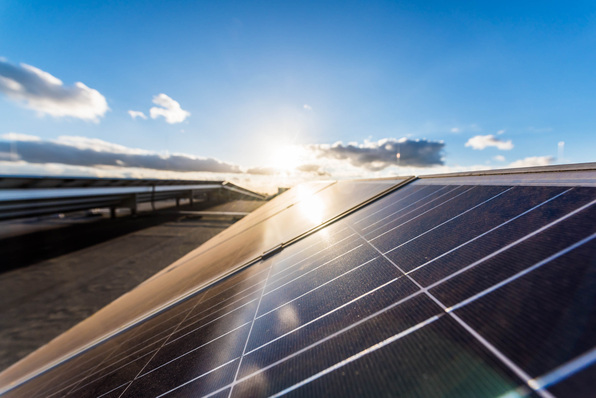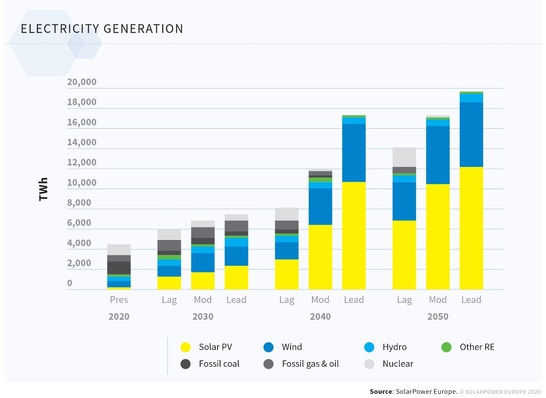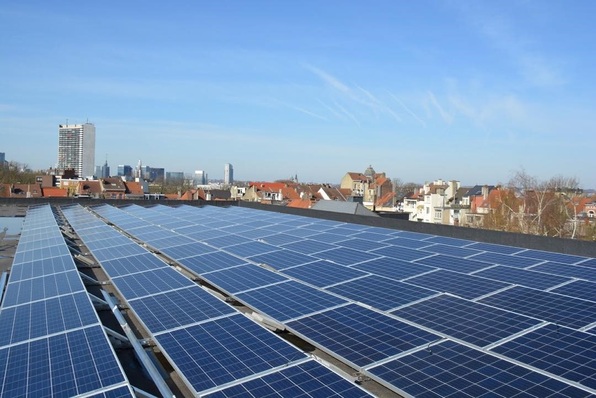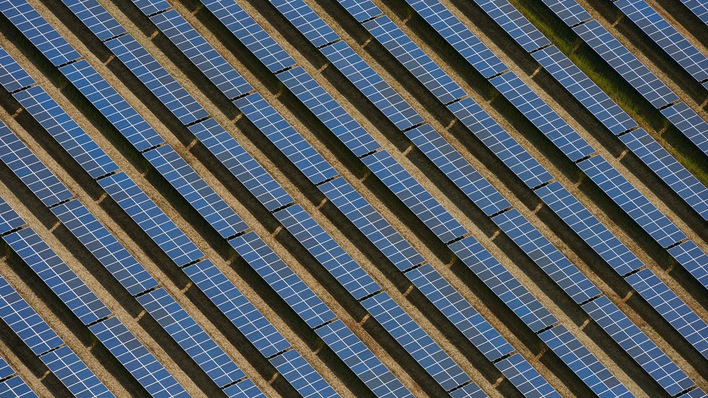As many EU member states prepare to ease COVID-19 lockdown measures, the policy agenda is now focused on economic stimulus packages to keep European industries on track. It is essential to ensure that this package is a green economic recovery, so as not to lose momentum on the ambitious targets of the European Green Deal. SolarPower Europe and LUT University’s new report shows that it is entirely possible to achieve a 100% renewables scenario in which Europe meets the climate-neutrality target before 2050. The report also finds that a 100% renewable energy system is the most cost-efficient way to become climate neutral in Europe by 2050, with levelised costs of energy 5-6% lower than in a less ambitious scenario.
Decarbonise also the heating and transport sectors
Importantly, a 100% renewable energy system requires strong sectoral integration, with efforts needed to increase electrification and battery storage, and to decarbonise the heating and transport sectors. The report shows that the drive towards low-cost electrification and enhanced sectoral integration will result in significant electricity demand growth by 2050, with renewable electricity emerging as the prime energy carrier in future energy systems.
Kristian Ruby, Secretary General of Eurelectric, said: “The report provides clear evidence that electricity is the lifeblood of Europe’s future energy system. Accelerated electrification of transport, buildings and industry will be critical for these sectors to benefit from the rising share of renewables.”
Heat pumps and direct electric heating
In terms of the heating sector, heat pump technologies will be crucial, in combination with direct electric heating, to take over by 2050, due to the substantial efficiency gains of these electricity-based solutions.
Thomas Nowak, Secretary General of the European Heat Pump Association (EHPA), said: “Heat pump technologies are the perfect tool to decarbonise heating and cooling. We are delighted to see this recognised. Studies like this one show that a 100% green and electric society is possible. They allow policymakers to dare to be more ambitious. We will need this ambition to turn the proposed COVID-19 support into an EU green recovery and to continue our fight against climate change.”
Renewable hydrogen and synthetic fuels for aviation and marine sectors
While direct electrification proves to be the most efficient solution to decarbone road transport, it also provides also a base to produce renewable hydrogen as the platform for renewable synthetic fuels (hydrogen, methane, and power-to-liquids) needed for the aviation and marine sectors in the 100% renewables scenarios,which results in nearly two-thirds of final energy demand in that sector along with exports.
William Todts, Executive Director of Transport and Environment (T&E), said: “This study confirms that electromobility powered by renewable electricity is the solution to solve transport’s climate and pollution problems. With long-range, attractively-priced battery electric vehicles finally coming to market, the age of electric cars has begun. Now we need to achieve similar progress in zero-emission trucks, as well as decarbonised shipping and aviation fuels where renewable hydrogen will be key.”
Different battery technologies as cornerstone
Greater electrification means an increased demand for storage, and the study shows that a combination of storage technologies will cover energy demand throughout the transition period, with batteries potentially reaching shares up to 70%. It will take a cross-sectoral dedicated commitment to achieve the ambition of the European Green Deal; together, a climate-neutral Europe is possible.
Did you miss that? Interactive map: potential of cost-optimal 100% renewable electricity systems
Francesco Gattiglio, Director EU Affairs & Policy from the Association of European Automotive and Industrial Battery Manufacturers (Eurobat), said: “We welcome the 100% Renewable Europe study as a clear demonstration that an energy system entirely based on renewables is possible, necessary and desirable. According to the study, batteries will contribute up to 98% of electricity storage: this demonstrates that different battery technologies will be the cornerstone of a stable and secure energy supply, not only ensuring that the lights stay on, but also that the electricity grid is responsive and flexible enough to accommodate growing shares of renewable energy.”
The report, 100% Renewable Europe: How to make Europe’s energy system climate neutral before 2050, was launched on 15 April 2020 during a webinar with a presentation from Paula Abreu Marques, Head of Unit Renewables and CCS Policy European Commission. The LUT Energy System Transition model used in this study is applied across an integrated energy system covering demand from power, heat, and transport sectors, which enables the modelling of cost-optimal energy system transition pathways on high levels of geo-spatial (20 regions in Europe) and temporal (hourly) resolutions. (HCN)


